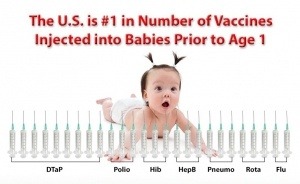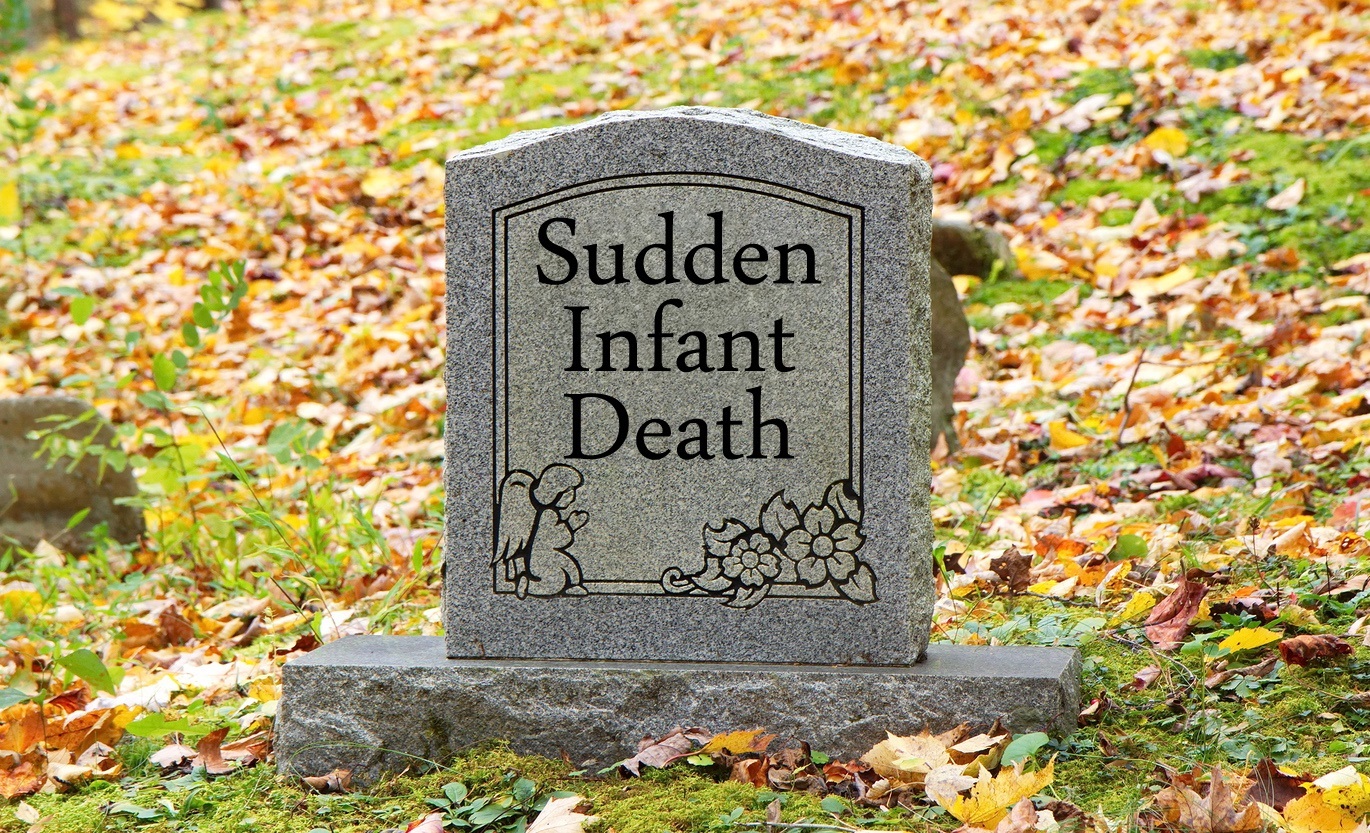New Six-in-One Vaccine Associated with Sudden Infant Death
The childhood vaccine schedule in the U.S. features numerous combination vaccines—formulations that bundle multiple antigens for multiple diseases into one injection. Examples of combination vaccines currently given to American children include Merck’s four-component ProQuad vaccine against measles, mumps, rubella and varicella and Sanofi’s five-in-one Pentacel vaccine against diphtheria, tetanus, pertussis, polio and Haemophilus influenzae type b. Now, the U.S. is preparing to up the combination vaccine ante still further. At the close of 2018, the FDA approved the nation’s first six-in-one (hexavalent) vaccine—a Merck and Sanofi joint effort called Vaxelis intended for infants at ages two, four and six months. Like hexavalent vaccines given to infants in other countries, Vaxelis combines the five components featured in Pentacel along with Merck’s genetically engineered Recombivax vaccine against hepatitis B (HepB). What about hexavalent vaccine risks, publicized in other countries for decades? On that topic, the CDC and FDA have been largely silent, perhaps because of the next-to-useless design of the U.S. Vaxelis clinical trials, which compared one heavily vaccinated group against another—rather than comparing Vaxelis against an inert placebo. Unsurprisingly, this bogus procedure allowed researchers to conclude that adverse reactions to the vaccines were similar across groups. In other words, “nothing to see here.” Before U.S. agencies open the floodgates for hexavalent vaccination, they would do well to remember that “public trust can be lost only once and not acting or acting too late on a [safety] signal . . . could damage credibility of those supporting and maintaining vaccination for many years.”






